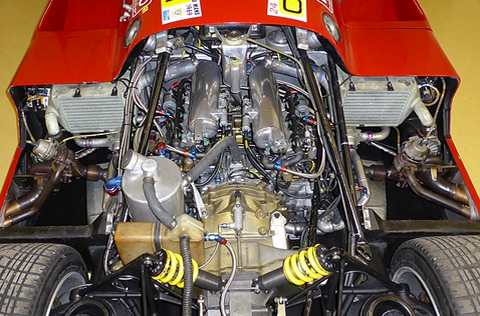THERMAL BARRIERS
THERMAL RACE BARRIERS ARE DESIGNED TO EFFECTIVELY REDUCE THE TRANSFER OF RADIATED HEAT.
In many instances, keeping the heat within the component – e.g. as hotter exhaust gasses improve engine/turbocharger efficiency – aids overall performance.
Metallic elite covering systems provide excellent thermal barrier properties, that have been tested in various competition applications e.g. F1™, Le Mans, STCC, WRC etc.
PARALLEL MOTION applies its racing thermal barrier coverings for thermal insulation, reduced heat dissipation, and improved wear resistance, throughout it’s range of racing activities. With thermal insulation solutions required across multiple industries, we are well placed to utilise our skills for multi-industry collaborations.
 PEDIGREE
PEDIGREE HIGHLIGHTS
HIGHLIGHTS TIMELINE
TIMELINE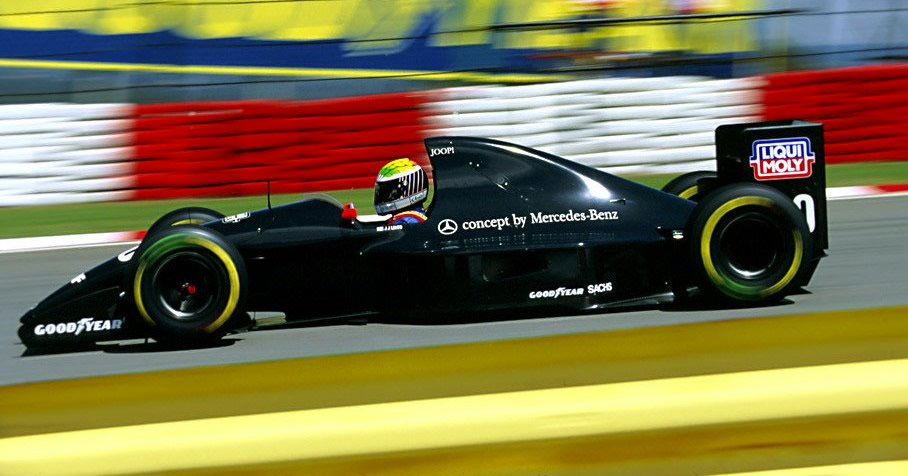 LEGACY
LEGACY LEGENDS
LEGENDS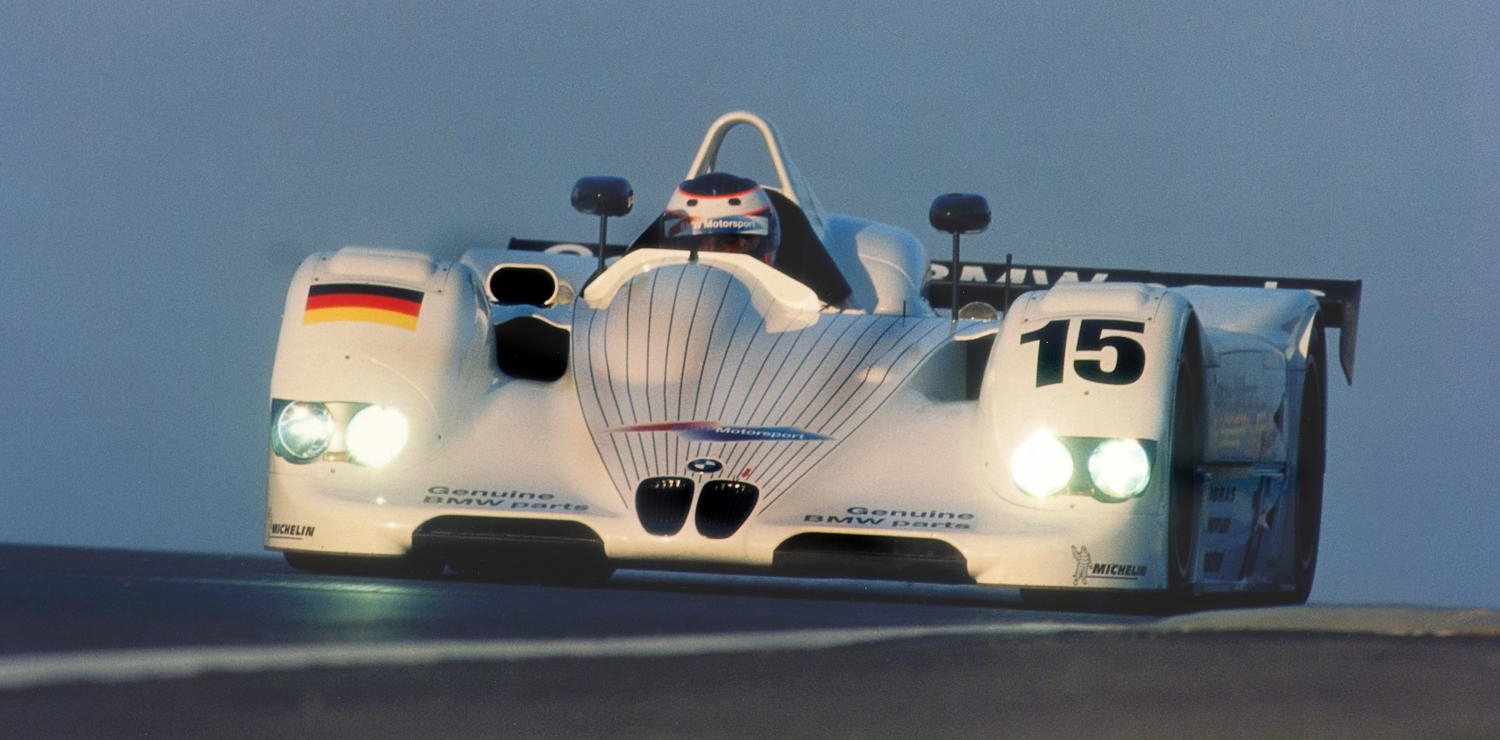 THE NAME
THE NAME Phase PA – F1™
Phase PA – F1™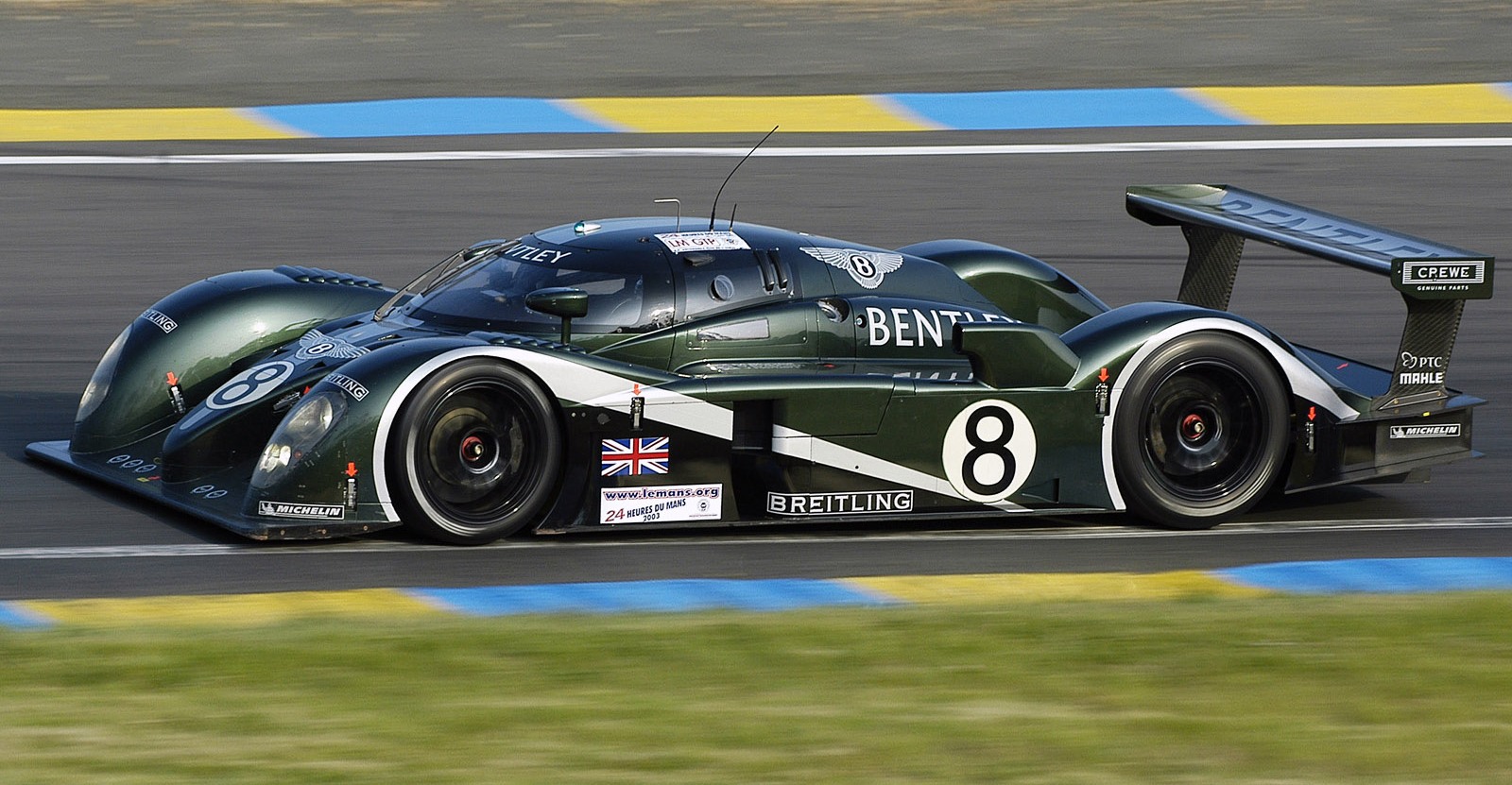 Phase CS – LE MANS
Phase CS – LE MANS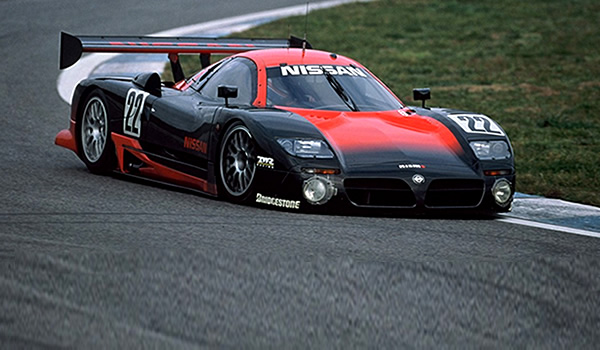 Phase OR – Hypercar
Phase OR – Hypercar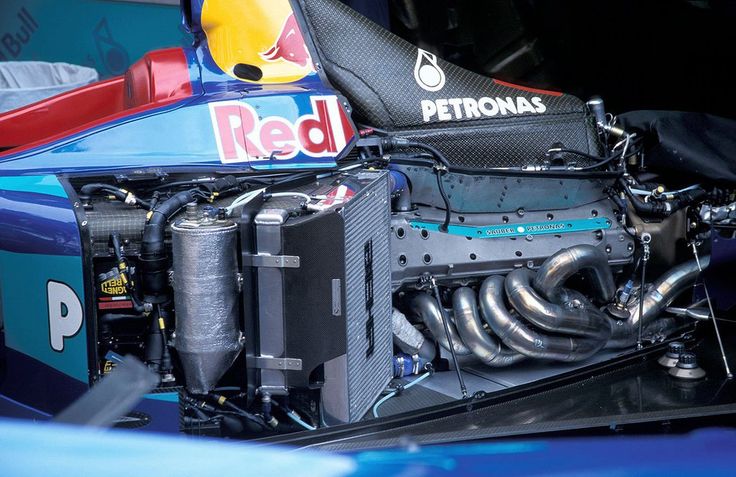 INCONEL
INCONEL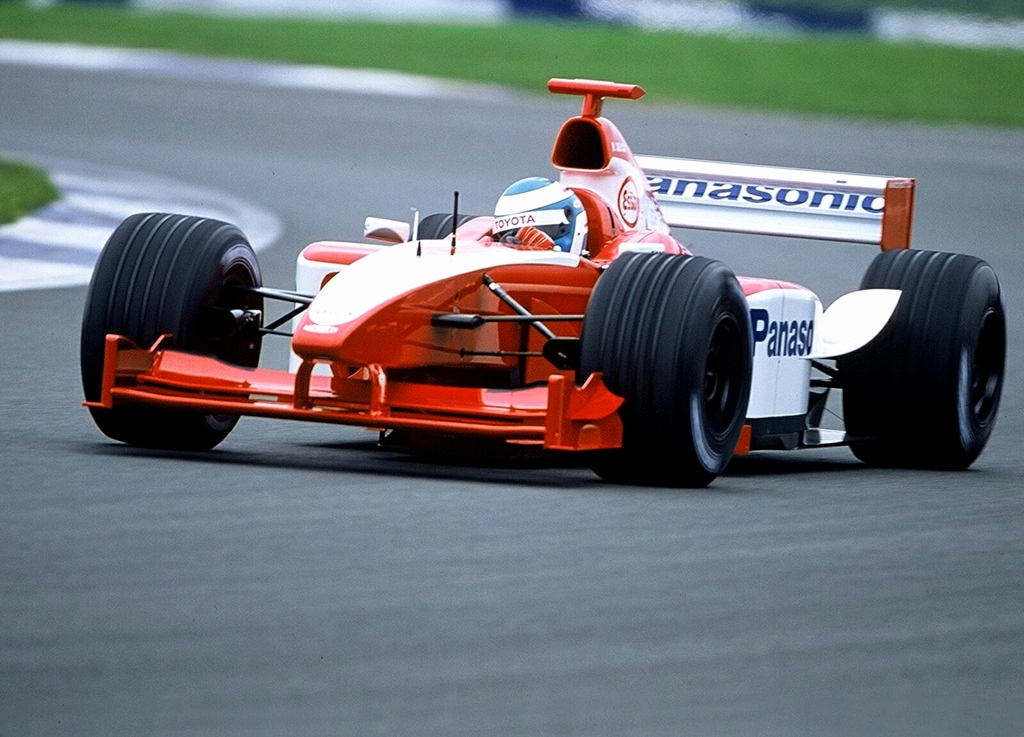 CARBON FIBRE
CARBON FIBRE STAINLESS STEEL
STAINLESS STEEL TITANIUM
TITANIUM ALUMINIUM
ALUMINIUM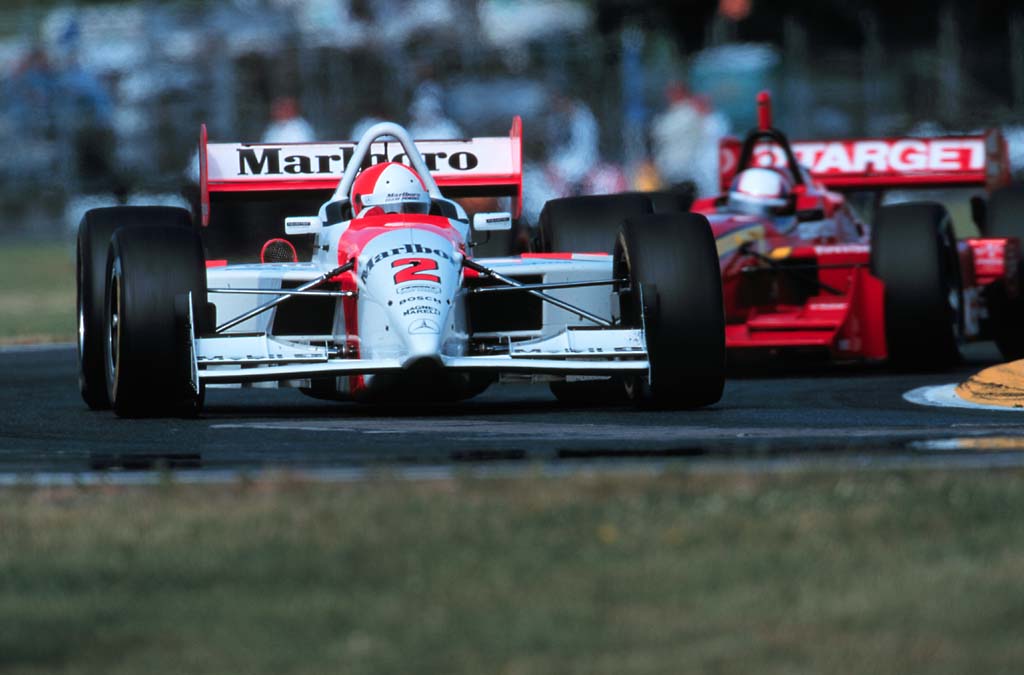 THERMAL BARRIERS
THERMAL BARRIERS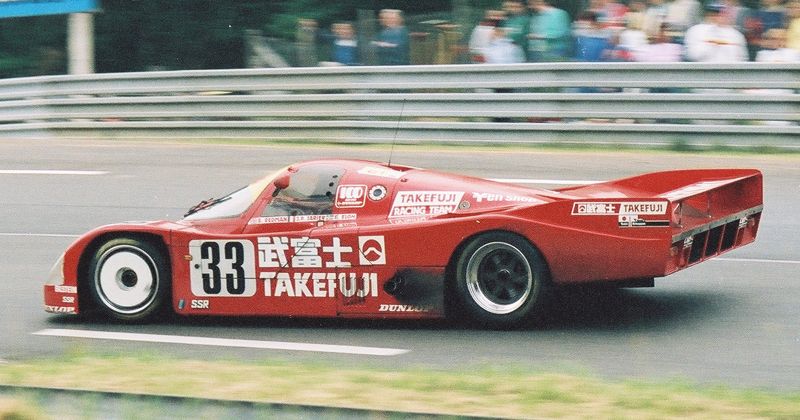 PRESS
PRESS CONTACTS
CONTACTS PHILOSOPHY
PHILOSOPHY

